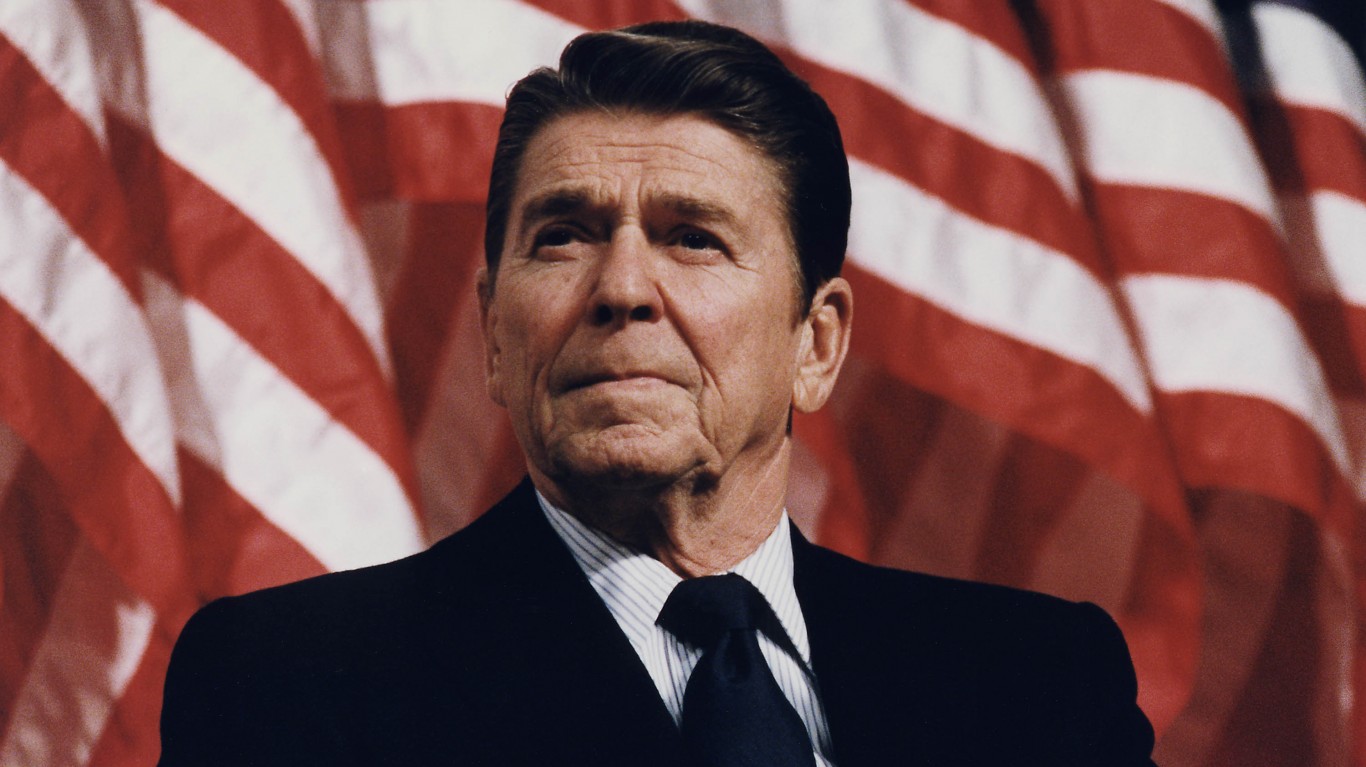
In an economics discussion on Monday at the Council on Foreign Relations, San Francisco Federal Reserve Bank President John Williams said that he believes the United States is “basically at full employment or very near it based on 5% [un]employment rates.”
Full employment is one of the Fed’s two mandates. The other is containing inflation, which is now very low thanks to the near-zero interest rate policy the Fed had been following for seven years.
When asked about the timing of interest rate hikes, Williams said he believed that the Fed’s strategy has been appropriate, and he expects raising interest rates to proceed gradually “over the next few years … getting our interest rates back to normal.”
Williams acknowledged that wage growth has not kept up with employment figures. He noted that slow productivity growth and “other factors” as reasons for the slow growth in wages. Typically, full employment drives wages higher as employers compete for workers and that leads to higher inflation rates.
Labor force participation rates are rising again Williams said, but the decline was structural, due to baby boomer retirements, among other things. As participation rises again, that means “more supply side to the economy, … so it’s a positive development.”
Regarding the Fed’s 2% inflation target Williams said:
I wouldn’t want us to purposefully overshoot inflation …. If we overshoot inflation, inflation moved to 2 ½ or 3 percent, say, well, then we would have to bring inflation back down and we would have to tighten policy and slow the economy a lot.
In a response to a question about the Fed’s $4.5 trillion balance sheet Williams said:
So the current thinking is that we’re going to use the Fed funds target, the short-term interest rate, as our primary policy tool to adjust to reflect macro circumstances, and leave our balance sheet at least for the time being where it is. And how do we do that? Well, as our assets basically mature or are paid off, we’re reinvesting the proceeds from that to keep the quantity of our balance sheet at the same level. And we’ve been doing that for years now, and we’ll continue to do that for the time being, and basically adjust the interest rate to changing economic conditions and outlook.
Once the interest rate rises to a more normal level of 2% to 3%, the Fed expects to let the balance sheet decline on its own over time by not reinvesting the proceeds when the Treasury securities mature. That process will take “many, many years,” but “the balance sheet will come down.” Williams thinks that the balance sheet will return to a more normal level in “six or more years or something.”
A full transcript of the discussion is available at the Council on Foreign Relations website.
Are You Ahead, or Behind on Retirement? (sponsor)
If you’re one of the over 4 Million Americans set to retire this year, you may want to pay attention.
Finding a financial advisor who puts your interest first can be the difference between a rich retirement and barely getting by, and today it’s easier than ever. SmartAsset’s free tool matches you with up to three fiduciary financial advisors that serve your area in minutes. Each advisor has been carefully vetted, and must act in your best interests. Start your search now.
Don’t waste another minute; get started right here and help your retirement dreams become a retirement reality.
Thank you for reading! Have some feedback for us?
Contact the 24/7 Wall St. editorial team.



